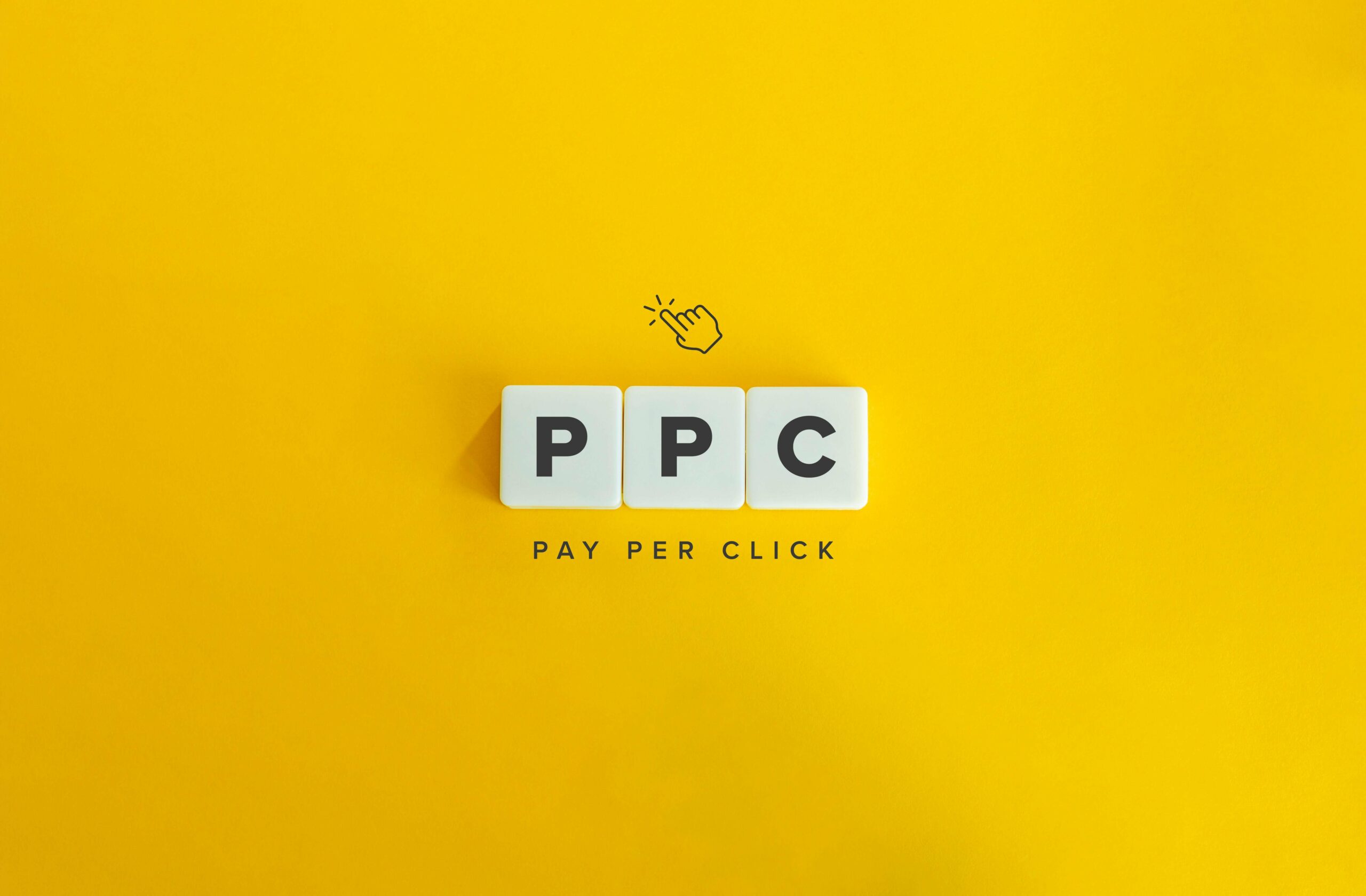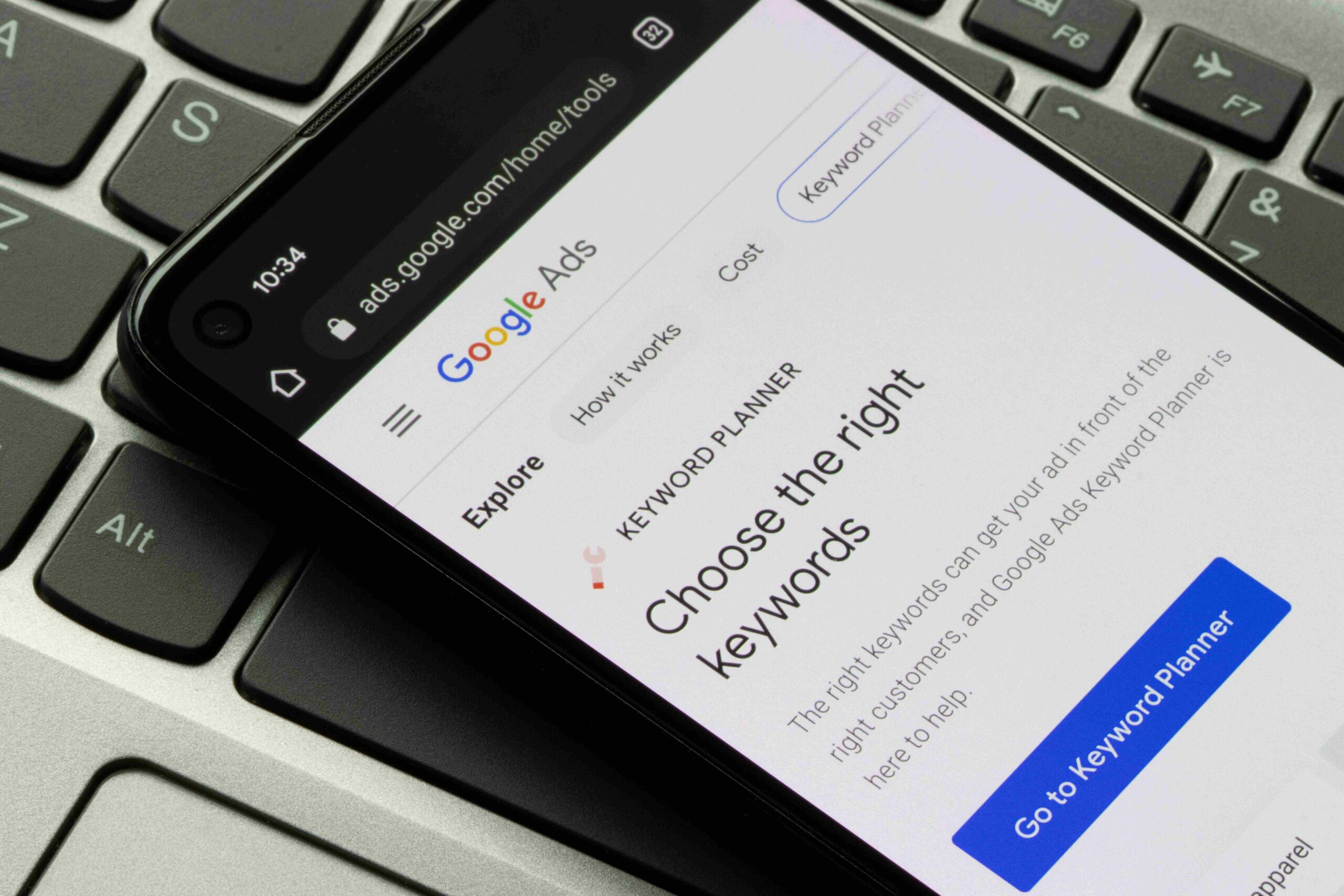PPC advertising, also known as pay-per-click advertising, is an effective internet marketing model where advertisers are charged a fee for every click on their ads. This approach enables businesses to acquire website visits by purchasing them, rather than relying solely on organic traffic. Widely recognized as one of the top choices for online advertising, PPC empowers advertisers to compete for ad placement in a search engine's sponsored links whenever a user searches for a keyword relevant to their business.

The most common platforms for PPC advertising include search engines like Google AdWords and Bing Ads. Advertisers can create ads that appear in the search engine results pages (SERPs) based on the keywords they want to target. The effectiveness of these ads depends on the relevance of the keywords chosen, the quality of the ad, and the landing page it directs to.
PPC advertising extends beyond search engine ads to include display and remarketing. Display ads are banners on a network of websites across the internet, targeting users based on their previous internet actions or demographic information.
Remarketing is a highly targeted form of PPC advertising that allows advertisers to show ads to users who have previously visited their website, thereby increasing the likelihood of converting past visitors into customers. This multifaceted approach makes PPC a powerful tool for digital marketing strategies.
How PPC works: Understanding the basics
If you're new to PPC, it's crucial to understand that PPC goes beyond spending money to get clicks; it's about investing wisely to generate qualified traffic that converts into customers. A successful PPC campaign requires a clear understanding of your target audience, the keywords they use, and the different types of content that resonates with them.
It's also essential to set a realistic budget that allows testing and optimization over time to find the most cost-effective approach.
Another crucial aspect is the importance of tracking and analyzing campaign performance. Tools like Google Analytics can help you understand what happens after users click on your ads, such as whether they purchase, sign up for a newsletter, or leave your site. This data is invaluable for optimizing campaigns, adjusting bids, refining target audiences, and improving the overall return on investment (ROI) from your PPC efforts.
Here's a breakdown of how PPC works
1. Choosing a platform
The most popular PPC platforms are Google Ads (formerly Google AdWords) and Bing Ads. Advertisers can choose the platform that aligns best with their marketing goals and audience.
2. Setting up campaigns
Advertisers set up campaigns within these platforms. A campaign consists of one or more ad groups and each ad group contains keywords and relevant ads.
3. Keywords and targeting
Advertisers select keywords that are relevant to their business or product. These keywords are the terms that users might type into a search engine when looking for products or services. Advertisers can also use targeting options provided by the PPC platforms to target users based on demographics, location, interests, and more.
4. Writing ads
Advertisers create ads for each keyword or group of keywords that will appear in the search engine's sponsored links when someone searches for a term that matches the keyword. These ads can be text-based, image ads, or more interactive ad formats like shopping ads.
5. Bidding
PPC operates on a bidding system. Advertisers bid on the perceived value of a click about the keywords, platforms, and audience type they are targeting. The bid amount can affect the placement of the ad on the search engine results page (SERP). However, the highest bid doesn't only sometimes win; search engines also consider the quality and relevance of the ad and the landing page to the keyword.
6. Quality score
Platforms like Google Ads use a Quality Score to determine ads' position and cost-per-click (CPC). This score is based on the keyword's relevance to the ad and the landing page, the ad's click-through rate (CTR) of the ad, and the historical performance of the account. A higher Quality Score can lead to lower costs and better ad positions.
7. Paying for clicks

Advertisers only pay when a user clicks on their ad. The cost per click (CPC) can vary based on the competition for keywords and the platform's assessment of how relevant and valuable the ad is to the user.
8. Tracking and optimization
Advertisers can track the performance of their PPC campaigns through metrics like clicks, impressions (how often the ad is shown), click-through rate (CTR), conversion rate, and more. This data allows advertisers to adjust campaigns, ad groups, keywords, and bids to improve performance and ROI.
PPC advertising can be highly effective for businesses of all sizes, offering precise targeting options, measurable ROI, and immediate traffic. However, it requires careful planning, ongoing management, and optimization to ensure the campaigns are cost-effective and meet the business objectives.
The components of PPC advertising
The components of a PPC campaign can vary depending on the platform (like Google Ads, Bing Ads, or social media advertising platforms), but generally include the following elements:
Campaign
The campaign is the highest level of organization within a PPC account. A PPC campaign has a specific budget and settings that determine where your ads appear.Keywords

The cornerstone of any PPC campaign is keyword research. Keywords are the terms typed into search engines by users and are selected by advertisers to trigger their ads. Choosing the right keywords can significantly impact the success of PPC campaigns, making it crucial to conduct thorough research to identify those with high search volumes but moderate competition.Ad copy
The ad copy is the text that will be displayed in the PPC ads. Crafting compelling ad copy is vital as it needs to attract the user's attention, convey the value proposition quickly, and encourage them to click through to the website.Landing pages
Once a user clicks on a PPC ad, they are directed to a landing page. This page should be optimized to match the promise made in the ad copy and designed to convert visitors into leads or customers. High-converting landing pages are streamlined for user action, whether purchasing, signing up for a newsletter, or another desired outcome.Bidding
The process of setting a maximum amount that you're willing to pay for a click on your ad. Bidding strategies can vary, including manual bidding and automated bidding strategies like Cost Per Click (CPC), Cost Per Acquisition (CPA), or Cost Per Thousand Impressions (CPM).Quality Score
A metric used by search engines to determine the relevance and quality of your ads and keywords. It affects your ad's position and the cost per click. Factors influencing Quality Score include the relevance of your ad and keyword to the searcher, the click-through rate (CTR), and the quality of your landing page.Click-through rate (CTR)
The ratio of users who click on your ad to the number of total users who view the ad (impressions). CTR is a key metric in assessing the effectiveness of your ads.Conversion rate
The percentage of users who take a desired action after clicking on your ad, such as making a purchase, signing up for a newsletter, or filling out a contact form. Conversion rate is a critical metric for understanding the ROI of your PPC campaigns.Budget
The amount of money you're willing to spend on your PPC campaign over a certain period. Budgets can be set at the campaign level and can be adjusted based on performance and business goals.Extensions
Additional information you can add to your ads, such as phone numbers, links to specific parts of your website (sitelinks), or additional text (callouts). Extensions help to improve the visibility and effectiveness of your ads.Understanding and effectively managing these components can help advertisers create successful PPC campaigns that drive targeted traffic, generate leads, and increase sales.
The benefits of PPC advertising
PPC offers several advantages that make it an attractive option for digital advertising professionals, as follows:
Cost-effectiveness
Since advertisers only pay when a user clicks on their ad, they can manage their budgets more efficiently, ensuring that their marketing spend is used to attract potential customers.
Targeted advertising
PPC allows for incredibly granular targeting, including demographic information, geography, and even the time of day. This precision ensures that ads are only shown to the most relevant audience, increasing the chances of conversion.
Measurable ROI
PPC platforms provide detailed analytics, allowing advertisers to see exactly what they get from their investment. This data includes the number of impressions, clicks, and conversions, among other metrics.

Aside from the above, PPC campaigns can be launched quickly unlike organic search marketing efforts, which can take months to see results. Because of this, businesses can generate leads and sales in a short period.
Challenges and considerations
While PPC can be incredibly effective, it also comes with challenges. The landscape is highly competitive, especially for popular keywords, which can drive up costs. Creating successful campaigns requires a deep understanding of PPC strategies, ongoing campaign optimization, and a commitment to testing and refining ads and landing pages.
Conclusion
Pay-per-click advertising is a dynamic and potent tool in the digital marketer's toolkit. With its ability to drive targeted traffic to websites on a controlled budget, PPC has become a staple in online advertising strategies. However, advertisers must invest time in continuous learning and optimization to truly leverage its potential. By doing so, businesses can increase their online visibility, boost brand awareness, and significantly enhance their return on investment.
